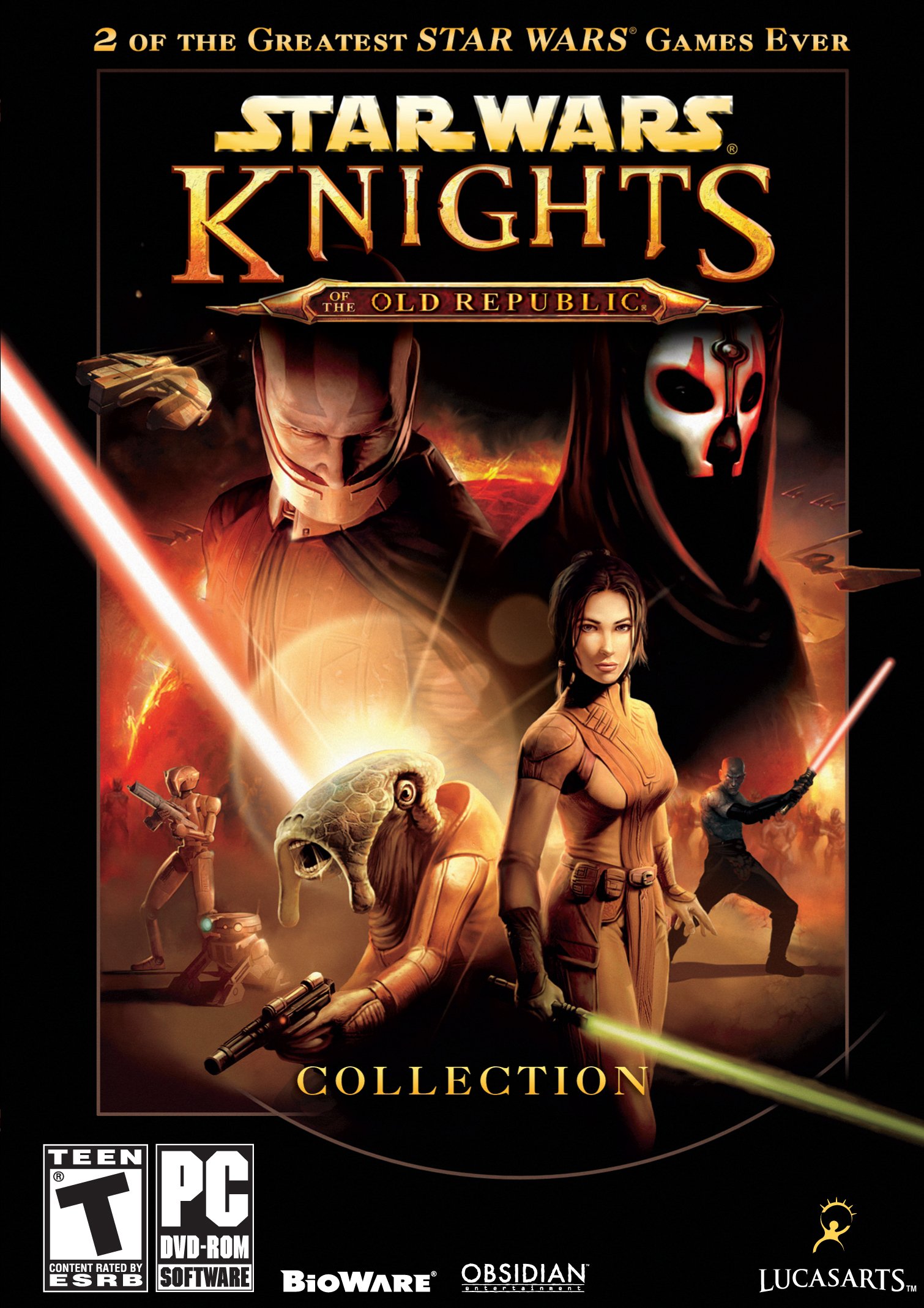Star Wars is meant for kids. George Lucas agreeing to take the rights to sell T-shirts and lunchboxes and plastic snowtroopers in lieu of a pay hike is proof of that. Star Wars has always been meant for kids. But it was its ability to draw in everyone else that made it one of the most commercially successful films in history. Adjusted for inflation, only Avatar and Gone with the Wind fare better. Despite its monolithic cultural influence, no other Star Wars movie comes close to beating A New Hope.
Far more intelligent people than I have tried to explain why the prequels were seen by so many as a disappointment, but it was never really the children that it disappointed. There’s a complicated discussion to be had about whether that’s because kids will accept anything as long as it’s shiny or whether adults are just cynical and greedy, but I think it’s fairly uncontroversial to say that the prequels focused more sharply on that younger demographic. The Phantom Menace, in particular, set the tone, with its Roger-Roger tin-can comedy bad guys, a nine-year old protagonist and everything to do with the Gungans. But even Revenge of the Sith, the only movie in the trilogy not to be granted a fully family-friendly rating, spends its opening see-sawing between Artoo’s slapstick cargo bay antics and Anakin’s adventures in dismemberment and beheading. Read More



